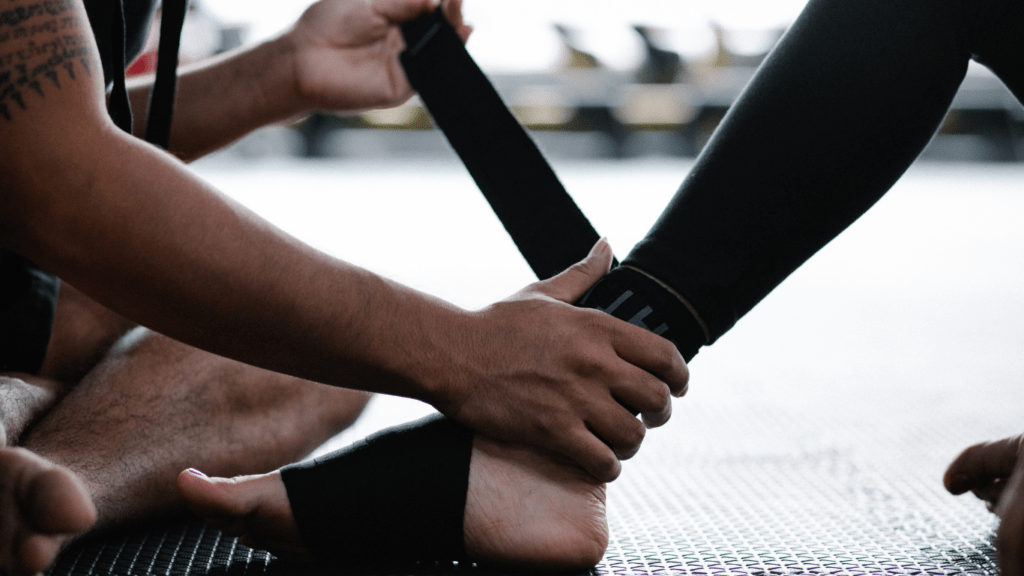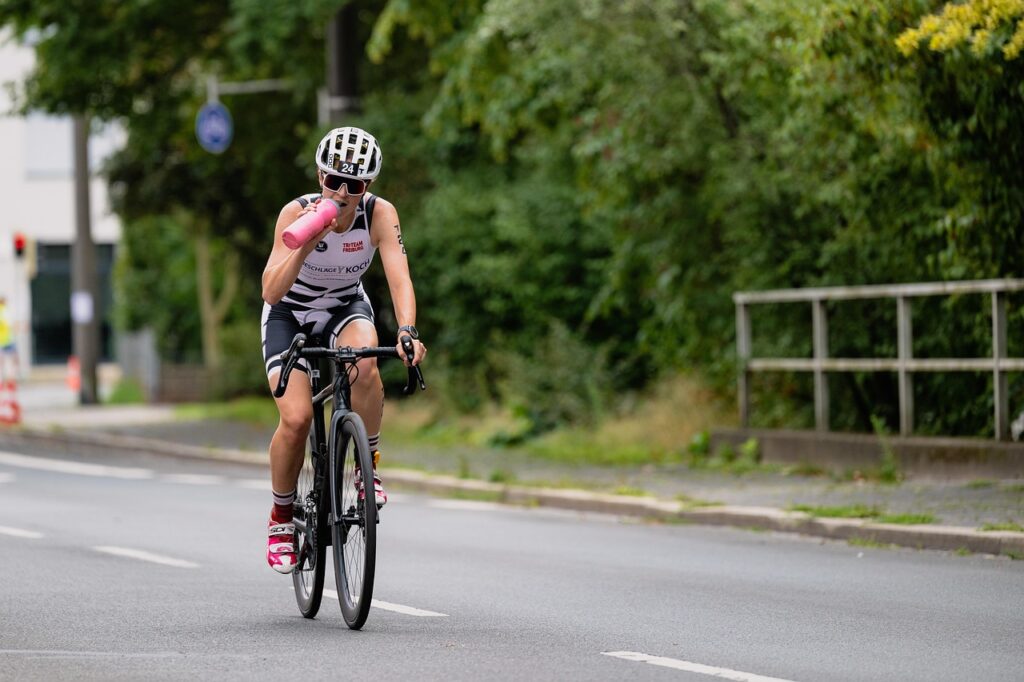Understanding Compression Wear
Compression wear has gained traction for its benefits in athletic performance and recovery. These garments apply targeted pressure to enhance muscle efficiency.
Definition of Compression Wear
Compression wear consists of clothing items designed to fit snugly against the skin. It exerts graduated pressure, which means the tightness decreases from one end of the garment to the other. This design aims to promote better blood circulation, aiding in oxygen delivery to muscle tissues during physical activities. Examples include:
- compression socks
- sleeves
- tights
- tops
Athletes and fitness enthusiasts often favor these items for their purported ability to reduce soreness and fatigue.
History and Evolution
The origins of compression wear trace back to medical uses, particularly in treating circulation problems and edema. In the 1950s, medical-grade compression socks were used post-surgery to prevent blood clots. The transition to sportswear began in the late 20th century when athletes started utilizing compression materials for enhanced support. Advances in textile technology have since refined these garments, blending performance fabrics with stylish designs to cater to both functional and aesthetic needs in the sports world.
How Compression Wear Works
Compression wear enhances physical performance and speeds up recovery, acting on several physiological mechanisms. By applying pressure to specific body areas, it effectively supports athletic activities and recuperation.
The Science Behind Compression Wear
Compression garments work by exerting graduated pressure on muscles, which facilitates improved blood flow and oxygenation. When muscles receive more oxygen, they function more efficiently, reducing fatigue and enhancing endurance. A 2019 study published in the Journal of Sports Sciences found that athletes wearing compression gear experienced less muscle soreness post-exercise compared to those who didn’t. Additionally, these garments help maintain stability, reducing vibration and muscle oscillation during high-impact activities.
Key Components and Materials
The effectiveness of compression wear depends on its components and the quality of materials used. Typically, these garments feature a blend of spandex or elastane, providing the necessary stretch and compressive properties. High-tech fibers like nylon, polyester, and lycra improve durability and moisture-wicking capabilities. Compression levels vary across garments, with medical-grade options offering higher pressure for targeted support.
Benefits of Compression Wear for Performance

Compression wear offers key advantages, enhancing athletes’ capabilities through physiological improvements. By focusing on areas like circulation and muscle stability, these garments play a significant role in boosting performance.
Enhanced Blood Circulation
Compression garments improve blood flow by applying graduated pressure to the body. This pressure helps veins push blood back to the heart, enhancing circulation and reducing the risk of pooling. Better circulation means more efficient oxygen and nutrient delivery to muscles, aiding endurance and performance during intense activities.
Muscle Support and Stability
These garments stabilize muscles by minimizing vibrations during physical activities. Supportive fabrics like nylon and spandex in compression wear reduce the risk of muscle damage by offering gentle yet firm support. Enhanced stability can lead to improved biomechanics, lowering the occurrence of muscle strains and injuries.
Improved Athletic Performance
Athletes often experience enhanced performance when using compression wear due to increased proprioception, or body awareness. The snug fit of these garments provides feedback to the body, promoting improved coordination and balance. With reduced fatigue and enhanced recovery, athletes can maintain peak performance over prolonged periods.
Benefits of Compression Wear for Recovery
Compression wear isn’t just for enhancing performance; it also plays a crucial role in recovery.
Reduced Muscle Soreness and Fatigue
Compression clothing eases muscle soreness and reduces fatigue. During activity, these garments help clear lactic acid, minimizing muscle tightness. Afterward, pressure application decreases inflammation and speeds up recovery from exertion.
Faster Recovery Times
These garments promote swift recovery. By improving blood circulation, compression wear enhances the transport of nutrients and oxygen, accelerating muscle repair. A study in the Journal of Sports Medicine indicated athletes wearing compression gear recovered more rapidly than their counterparts.
Injury Prevention
Compression gear also acts as a preventive measure against injuries. It supports muscles and joints, reducing excessive movement and strain. This stabilization can decrease the likelihood of injuries, particularly in high-impact activities, making it a valuable addition to any athlete’s recovery toolkit.
Choosing the Right Compression Wear
Selecting appropriate compression wear can optimize athletic performance and recovery. It’s essential to understand the different types available and what factors to consider when making a purchase decision.
Types of Compression Wear
Compression wear varieties cater to various athletic needs.
- Compression Socks and Sleeves: These are ideal for runners and cyclists as they support calf muscles and improve circulation. For example, sleeves can help reduce swelling during long-distance runs.
- Compression Tights and Shorts: Designed for lower-body support, these garments are perfect for sports involving quick lateral movements. They enhance muscle stabilization and prevent strains.
- Compression Tops: Suitable for upper-body activities, these tops assist in muscle recovery post-intensive workouts. They provide support for the arms and chest, reducing muscle oscillation.
Factors to Consider When Buying
When purchasing compression wear, I evaluate several key elements to ensure effectiveness.
- Compression Level: Opt for mild compression for light support or medium to high for intensive activities. Medical-grade options are available if greater support is necessary.
- Material Quality: High-quality fabrics like nylon, spandex, or polyester ensure durability and comfort. Look for moisture-wicking capabilities to keep skin dry during workouts.
- Fit and Size: Proper fit is crucial for effectiveness. Measure accurately and follow sizing charts provided by manufacturers.
- Activity-Specific Design: Each type of compression wear is designed for specific activities. Consider your primary sport or workout routine when selecting a garment.
By focusing on these aspects, I find compression wear that meets my needs, enhancing both performance and recovery efficiently.





